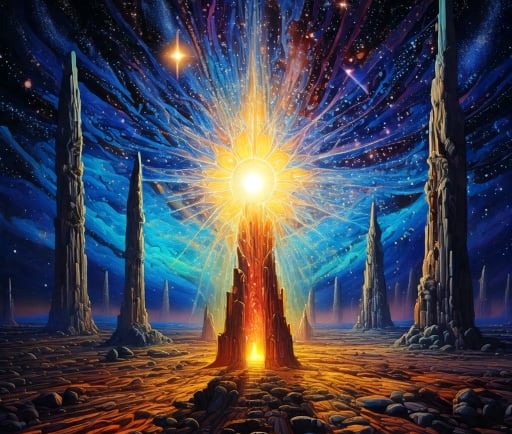The Process of Star Birth: Unveiling the Cosmic Miracle


Understanding Stellar Nurseries
The universe is a vast expanse filled with wonders, and among its most fascinating processes is star birth. This cosmic spectacle primarily takes place in stellar nurseries, regions where gas and dust congregate to form new celestial bodies. Within these nurseries, hydrogen gas is compressed under the influence of gravity, leading to the initial stages of star formation.
Ultraviolet Radiation and Shock Fronts
As nascent stars ignite, they emit intense ultraviolet radiation. This radiation plays a crucial role in the evolution of the surrounding environment. The energy from these young stars generates shock fronts that push against the interstellar material, effectively carving out cavities within the stellar nursery clouds. As a result, the intricate structure of these clouds often features dramatic regions of illumination juxtaposed with areas of dense, unlit gas.
Erosion and the Creation of Giant Gas Pillars
The impact of intense ultraviolet radiation on the stellar nursery is not limited to the formation of cavities. Over time, this radiation erodes the material from giant gas pillars, which serve as incubators for fledgling stars. These pillars, also known as elephant trunks, are dense regions of gas that are in the earlier stages of collapsing to form new stars. As the surrounding material is eroded, the stars within these pillars become increasingly isolated, paving the way for their eventual burst into individual entities.
Ultimately, star birth is a dynamic and transformative process marked by the interplay of intense radiation and physical forces within molecular clouds. The journey from a cluster of gas to the formation of a luminous star is one of the universe's most extraordinary phenomena, demonstrating the complex mechanisms governing stellar evolution.
